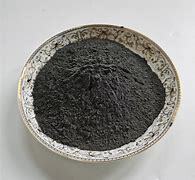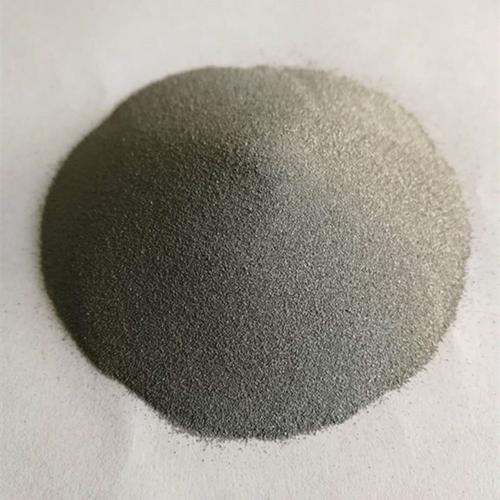Molybdenum trioxide (MoO3) has a special structure – a [MoO ₆] octahedron with metal atoms Mo at the center and oxygen atoms at the corners as the basic structural unit, co angled, forming chain connections. Every two similar chains are connected at the same edge to form a layered MoO3 stoichiometric structure, which is staggered and arranged by van der Waals forces between layers. Molybdenum is a shiny silver-white metal, while powdered molybdenum appears black. Melting point 2610 ℃, boiling point 5560 ℃, density 10.2g/3cm; Molybdenum is very stable in air at room temperature. When the temperature rises to 600 ℃, it quickly reacts with oxygen to generate volatile molybdenum trioxide. At 500-1150 ℃, hydrogen is used to reduce molybdenum trioxide and ammonium molybdate to obtain metallic molybdenum MoO3 has a molecular weight of 143.94 and is a white transparent rhombohedral crystal. It turns yellow when heated and returns to its original color after cooling. Density 4.692g/cm3, melting point 795 ℃, boiling point 1155 ℃, easy to sublime. Insoluble in water, soluble in ammonia and strong alkaline solutions.

Molybdenum Trioxide MoO3 Powder
Application areas of molybdenum trioxide
Molybdenum trioxide has special and excellent properties, which make it have broad application prospects in fields such as information display and storage, catalysts, sensors, etc. Molybdenum trioxide has electrochromic, smoke suppression flame retardant, catalytic degradation, and gas sensing properties.
Electrochromism and its applications: Electrochromism refers to the phenomenon where a substance undergoes an oxidation-reduction reaction under the induction of an external voltage due to an electric field, resulting in a change in its light absorption or scattering characteristics, which in turn causes a change in its color. This color change can reversibly respond to changes in the electric field.
Smoke suppression flame retardancy and its application: In the early stage of PVC thermal decomposition, α – MoO3 can promote cross-linking reactions between molecules to produce carbonized materials, increase carbonization amount, improve oxygen index, reduce explosive components, and lower smoke generation rate and density, thereby achieving the goal of smoke suppression. By using a composite system composed of these compounds, their synergistic effects can improve flame retardancy and smoke suppression while also saving the amount of flame retardants used, achieving the goal of retaining the good performance of cable materials while reducing costs.
Catalytic performance and application: The mechanism of molybdenum trioxide as a catalyst is that under specific wavelength light irradiation, its surface is excited to produce electron-hole pairs, which undergo oxidation-reduction reactions in appropriate media, thereby decomposing organic pollutants. MoO3 is widely used as a catalyst for low-carbon alcohol synthesis and partial oxidation, especially in the selective oxidation of hydrocarbons and ammonia oxidation processes. Catalysts mainly composed of MoO have been widely studied and applied due to their high activity and selectivity.
Gas sensing performance: MoO3 is a wide bandgap semiconductor material with active sites on its surface that selectively interact with the gas being tested, thus exhibiting excellent gas sensing properties.
Inquiry us
If you want to want to know more, please feel free to contact us. (nanotrun@yahoo.com)
